Lead Curator for Design and Architecture at M+ and one of our INDE.Awards 2018 jurors Aric Chen shares his insights on M+, the INDEs and the Asia Pacific region.

Left: I AM A MONUMENT – CCTV Wardrobe by Li Naihan, designed 2012 and made 2016. Image courtesy of Gallery ALL and Li Naihan ©. Right: Aric Chen.
February 9th, 2018
Aric Chen is Lead Curator for Design and Architecture at M+, the new museum of visual culture currently under construction in Hong Kong’s West Kowloon Cultural District. The opening of the Herzog and De Meuron-designed museum in 2019 is already etched in our calendars – in bold and underlined.
M+ will be one of the largest museums of twentieth and twenty-first-century visual culture in the world, encompassing art, design, architecture and moving image from Hong Kong, China, Asia and beyond. Chen is well positioned in his role there, having a strong background in creative direction and curation internationally.
We had our first taste of his curatorial expertise last year with the debut exhibition by M+ titled Shifting Objectives: Design from the M+ Collection. The show included more than 120 works spanning from 1937 until now that have been acquired, or are in the process of acquisition, by the museum.
It teased out historical design narratives from Asia – in post-World War II and postmodern Japan, post-independence India, China under Mao, and Hong Kong’s manufacturing and export heyday of the 1950s to ’80s. It also looked at more contemporary threads – encouraging the visitor to consider the many ways of situating design and the object, whether through the reinvention of craft; assemblages of found objects; digitally enabled design and fabrication processes; the reformulation of text, images, and interactions; the prism of power relations; or evolving notions of copying.
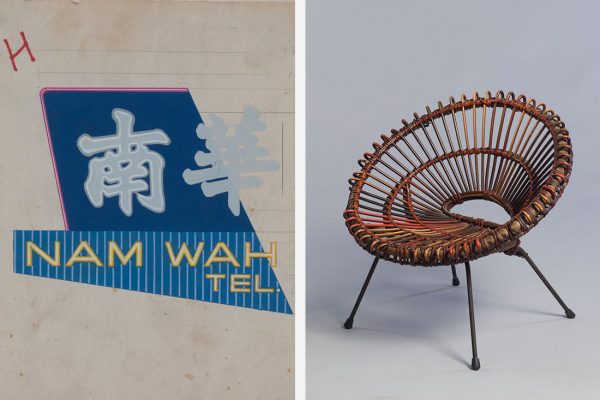
Above left: Design Sketch for Nam Wah Neon Co. neon sign, by Nam Wah Neonlight and Electrical Mfy Ltd (1950s-’60s). Right: Rattan Chair by Kowloon Rattan Ware Co, designed c.1954 and made 1950s-’60s. Images courtesy M+.
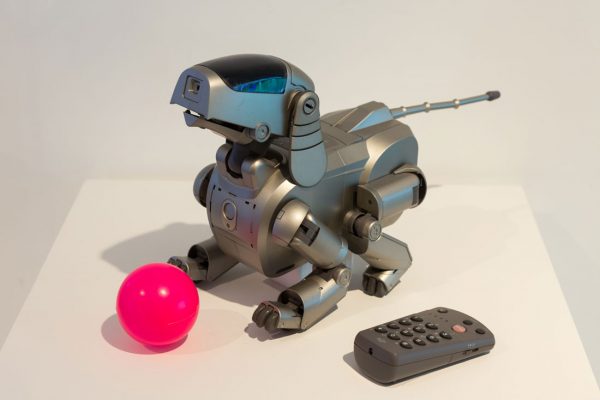
Above: AIBO entertainment robot, model ERS-110, by Sony Corporation (1999). Image courtesy of M+.
Said Chen at the time, “Design is an expansive field that has evolved over the years, and the way we see, use and make objects has changed accordingly. Design serves cultural, aesthetic, functional, political, economic and ideological ‘objectives’ that have ‘shifted’ over time and across geographies.”
We are thrilled to have Chen lending his expertise to the INDE.Awards 2018 jury. In the lead up to the judging period, we managed to catch him for a quick Q&A about M+, the INDEs and the region.
Why do you think the INDE.Awards have value for the APAC region?
Design and architecture need audiences, filters and – importantly – discourses to thrive, and awards like the INDEs are a much-needed part of the puzzle. By casting a wide net, the INDEs gives us a broad survey of work – and a chance to find clarity in what’s happening around the region.
What gives APAC strength as a region to watch in terms of architecture and design?
It’s a cliché by now that we’re in the most dynamic region in the world. How that dynamism translates into design – drawing from the cultures, energy, needs, issues and concerns of the region – is something I think everyone is watching closely.
Tell us about your goals with the upcoming M+ Museum, and the response to your programming so far.
As in other fields of visual culture, we aim to tell the lesser-known narratives of twentieth and twenty-first century design and architecture in Asia, while revisiting familiar global narratives from our vantage point in the region. We’re doing so through our growing permanent collection, exhibitions, programming and publications, which we’ve been realising over the past five years, and which we’ll be able to ramp up even more when our museum building opens in another two or so.
What sorts of things will you be looking out for as a judge in the INDE.Awards?
What I love about design is its breadth and diversity, and so what’s so important is not so much what something is, but rather the intention behind it and how well it accomplishes what it’s supposed to.
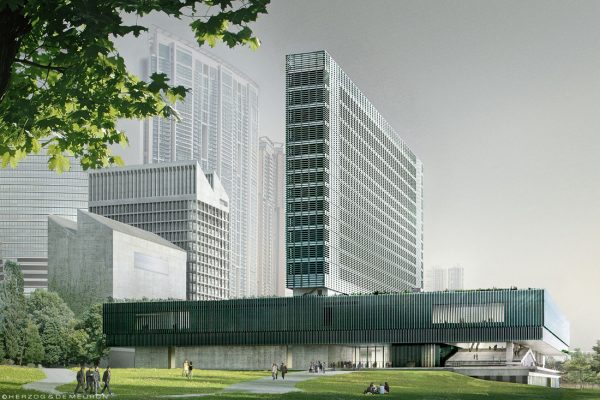
Above: M+ Museum, view from the park. Herzog and De Meuron is working with local partner architect TFP Farrells on the M+ Museum building. Render of M+ © Herzog and De Meuron, courtesy of Herzog and De Meuron and West Kowloon Cultural District Authority.
INDESIGN is on instagram
Follow @indesignlive
A searchable and comprehensive guide for specifying leading products and their suppliers
Keep up to date with the latest and greatest from our industry BFF's!

Welcomed to the Australian design scene in 2024, Kokuyo is set to redefine collaboration, bringing its unique blend of colour and function to individuals and corporations, designed to be used Any Way!
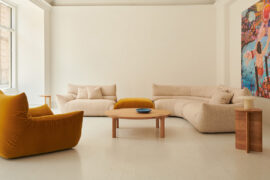
A curated exhibition in Frederiksstaden captures the spirit of Australian design

The INDE.Awards 2025 has crowned Sirius Redevelopment by BVN as the winner of The Multi-Residential Building, sponsored by CULT. This ambitious project redefines urban living in Sydney’s historic Rocks precinct while preserving heritage, reducing embodied carbon, and elevating residential design.
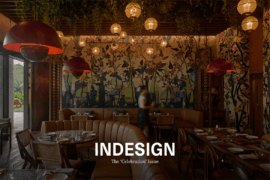
The latest print magazine is about to arrive! With Guest Editor Colin Seah of Ministry of Design (MOD), Singapore flooding our world with love, we are ready to party in style!
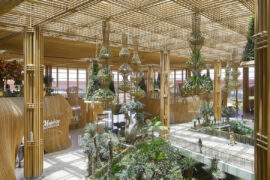
Winner of the INDE.Awards 2025 Best of the Best, Terminal 2 Kempegowda International Airport Interiors by Enter Projects Asia and SOM showcases 12,000-square-metres of biophilic design, featuring nine kilometres of handwoven rattan in a sustainable, world-class passenger experience.
The internet never sleeps! Here's the stuff you might have missed

Featuring beloved Melbourne designers, this is a must-attend conversation for emerging designers and anyone interested in the pursuit of creativity.
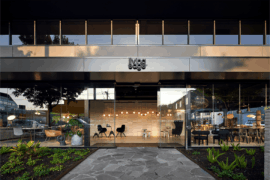
For Aidan Mawhinney, the secret ingredient to Living Edge’s success “comes down to people, product and place.” As the brand celebrates a significant 25-year milestone, it’s that commitment to authentic, sustainable design – and the people behind it all – that continues to anchor its legacy.

The second installment in our three-part series on collaborations between the world’s best designers and the American Hardwood Export Council
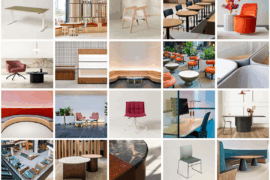
With a bold, singular vision and a new factory just around the corner from their Western Sydney manufacturing heartland, Maxton Fox’s evolution takes the best of its history while setting its eyes on the future – and keeping its feet firmly planted on Australian soil.